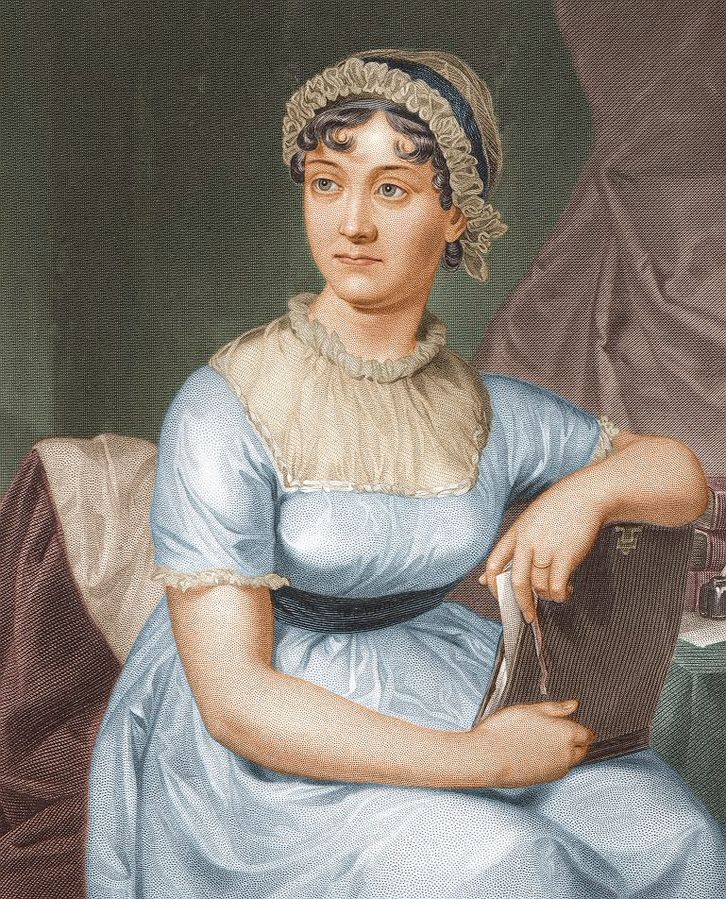Jane Austen Fans
Jane Austen had some lofty fans in her day, once word got around who she was. Prinny actually put her between a rock and hard place by having his librarian, J.S. Clarke, suggest that she dedicate her next book (Emma) to the Prince of Wales. Why was that so difficult? Because she couldn’t stand Prinny! Unfortunately, ignoring a royal dictate was unwise, so she did as he wished. But she put her foot down when Clarke then suggested that she write a historical romance about the ancestors of Prinny’s son-in-law. She explained that historical romance was not her cup of tea. Thank goodness, because I much prefer her stories of love in English villages.
But I’m happy I don’t have to revise books the way she did in the Regency. Authors did have pencils, erasers, paper, ink, and quill pens, but I hated revising when I had to retype things (before the advent of personal computers—yes, I was alive then), so imagine what it would be like to have to rewrite everything whenever you wanted to make a major revision. Handwriting was a crucial skill for clerks—there were even books on how to improve your business handwriting. All I can say is, thank heaven for computers.







